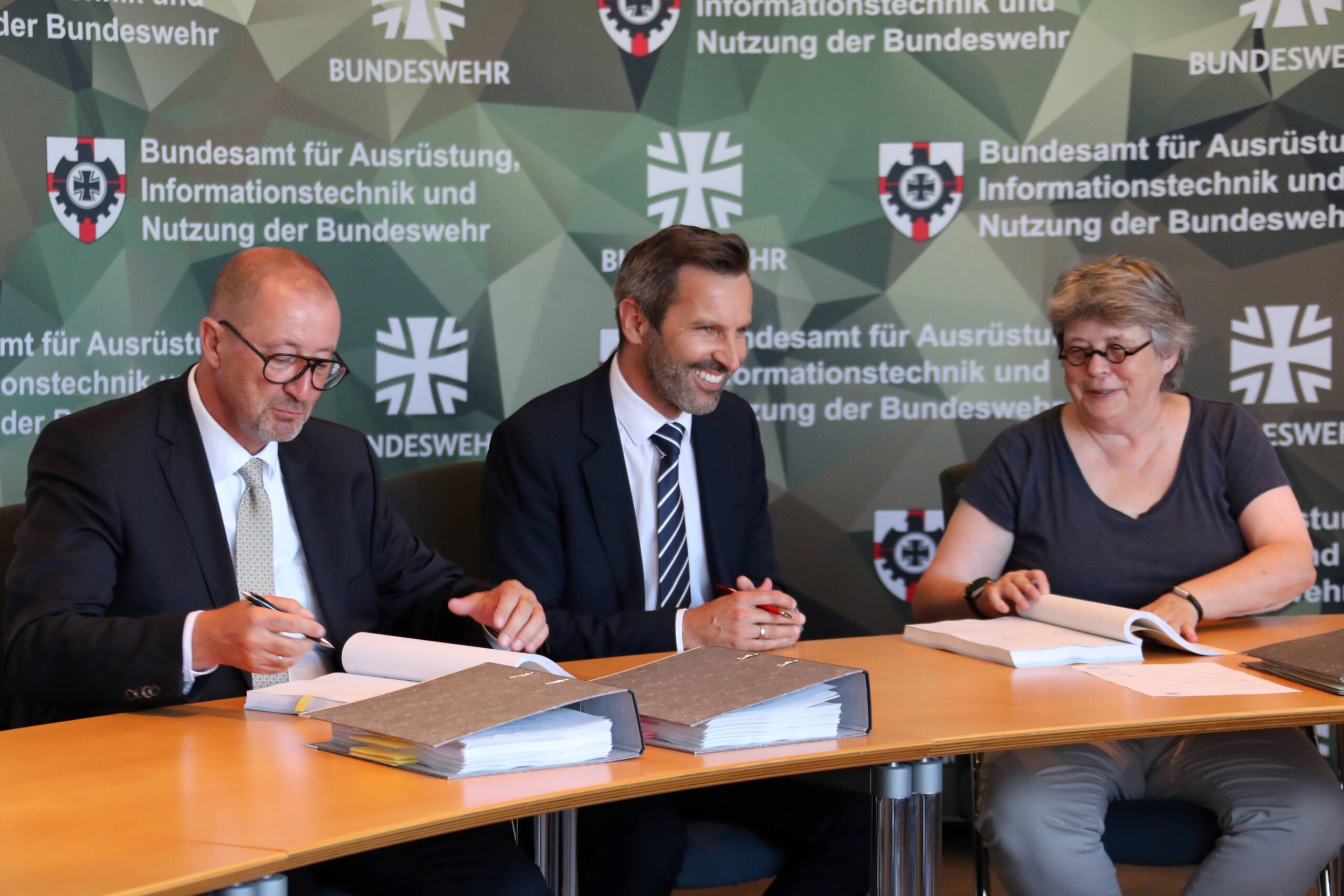Increasing the dialogue and co-operation between the emergency services and the voluntary sector will be a key focus of The Emergency Services Show which takes place at the NEC in Birmingham from 23 to 24 September 2015.
Free to attend, The Emergency Services Show features a dedicated Emergency Response Zone where key organisations and charities from across the voluntary sector can showcase their expertise and support services at no cost. Bay Search and Rescue, British Red Cross, Maritime Volunteer Service, Mountain Rescue England & Wales, National Association of Community First Responders, National Search and Rescue Dog Association, Royal Life Saving Society, Royal National Lifeboat Institute and The Salvation Army are among the many names who will be exhibiting there this year.
Visitors are urged to engage with exhibiting organisations to gain a deeper understanding of the capabilities of the voluntary sector and the breadth of work it undertakes. Many will be surprised to discover free support services, training opportunities and the potential for joint operations.
Among the organisations with rescue capabilities is the RSPCA. HQ superintendent Timothy Minty, says: “Generally people are not aware we have capabilities in rope, boat and water rescue.” Another is urban search and rescue team, Search And Rescue Assistance in Disasters (SARAID). The NGO, which offers its services at no charge, is keen to meet with UK-based resilience organisations, emergency services and flood rescue teams. Meanwhile on the Leicestershire & Rutland 4 x 4 Response stand visitors can find out more about this group of volunteers who utilise their own vehicles and equipment to provide assistance to the emergency services and community in times of severe weather or disaster.
Also exhibiting in the Emergency Response Zone are The Radio Amateurs’ Emergency Network (RAYNET) and UK Civil Air Patrol. Established for over 60 years, RAYNET provides voluntary emergency communications using amateur radio and PBR, and does not charge for its services. UK Civil Air Patrol encourages volunteers with the right qualifications to fly light aircraft, including helicopters and autogyros, to support the blue light emergency services and local government civil contingencies with affordable air observation and air to ground photography. Chairman Tony Cowan MBE explains: “The use of a light spotting aircraft is particularly useful when the emergency involves an industrial or chemical accident, wildfires and serious flooding.”
St John’s Ambulance also hopes to raise awareness of this aspect of its work. Peter Huckle, national events and emergency operations manager, says: “Many are aware of the first aid our volunteers provide in their communities and at events, like football matches, marathons and music festivals, but they don’t always know about the work we do in schools training hundreds of thousands of young people or our campaigning work or the free direct education we provide.”
In the light of austerity cuts it is not surprising that the voluntary sector is emerging as a key partner. David Brown, event director, The Emergency Services Show, explains why: “The emergency response voluntary sector has a substantial resource of trained and skilled people, vehicles, equipment and premises that provide practical and emotional support before, during and after an emergency. This allows the emergency services to concentrate on the immediate needs of a crisis, freeing up vital resource.”
The Voluntary Sector Civil Protection Forum (VSCP) confirms that the voluntary sector employs over 15,000 and has around 260,000 volunteers it can call upon in the event of an emergency. It operates more than 2,000 vehicles including ambulances, 4x4s, lifeboats and aircraft.
To register for free entry visit www.emergencyuk.com
The NEC is physically linked to Birmingham International Station and Birmingham Airport and is directly accessible from the UK motorway network. Parking for visitors and exhibitors is free of charge.








